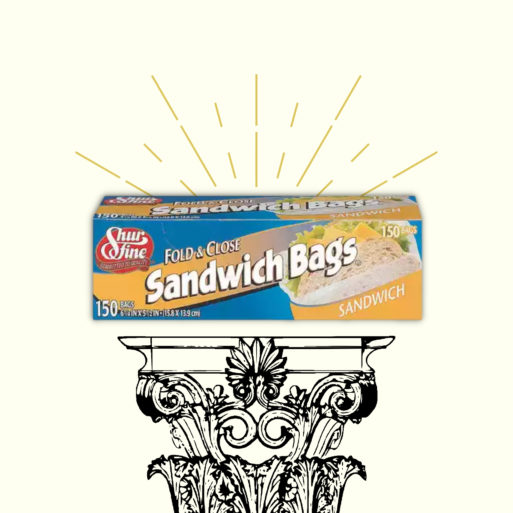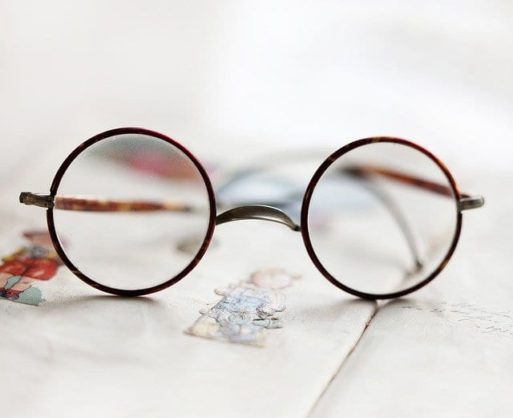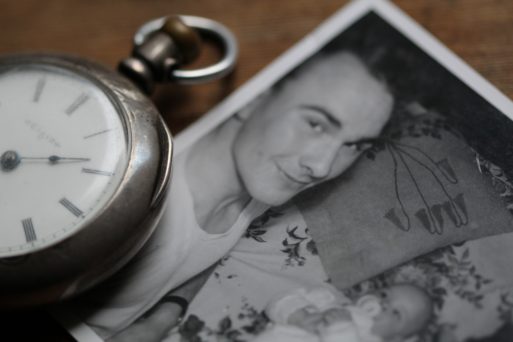
Memorial objects collected during the pandemic can turn one person’s trash into another’s heirloom.
The past 14 months have caused a complete reimagining of how we mourn and memorialize. How do we celebrate and remember the lives of our loved ones if we can’t gather? Virtual wakes and Zoom funerals have cropped up with many tasked to connect and grieve through a screen. Funeral homes have struggled to keep up with demand while COVID-19 has surged throughout the world. As masking and public health guidelines shifted throughout the pandemic, trimmed-down in-person services took place. In Brazil, underground Facebook obituary pages and virtual wakes provided a lifeline to maintain culture and community defined by collective mourning.
After a year of unprecedented anguish, the ability to grieve and love and memorialize shifted to meet the needs of the public, even in the private, quiet remembrance of small objects. In The New York Times’ latest interactive project, What Loss Looks Like, a virtual museum of memorial objects has popped up over the course of the pandemic.
A Virtual Memorial
The series features a collection of items ranging from the immediately sentimental — jewelry, letters, clothing — to the more mundane reminders: a Smokey the Bear figurine or a box of plastic bags. Participants delved into the objects’ significance in interview excepts, adding an unheard eulogy to the images.

A pair of eyeglasses once worn by a loved one serve as a poignant reminder of the many people lost during the past year.
It is worth spending the afternoon scrolling through the entire collection. However, a few snippets of the participants’ grief and love truly shine through.
A pair of glasses belonging to L. Jeanne Perry’s wife, Susan, sit at the bottom right of the collection, the end. Susan was suffering from M.S., and as every other faculty failed her, she clung to her ability to read. L. Jeanne’s daily ritual of cleaning the lenses was one of the last acts of service she could control, giving her partner the ability to enjoy a lifelong hobby at the end of life.
“She wanted to be able to see. That was pretty much all she had left at the end,” Perry told the New York Times.
Susan took her own life last year as a part of Oregon’s Death with Dignity legislation that allows terminally ill patients to self-administer a lethal dose of medication to voluntarily end their life.

We attach value to objects at a young age, and they only grow in significance as we get older.
The Psychology of Grief Objects
Our attachment to objects with little or no inherent connection to the intangible feelings of love, loss, mourning and joy is frequently the subject of inquiry for psychologists. A review of the Psychology of Stuff and Things by the British Psychological Society examines this phenomenon with material possessions throughout life.
Material attachment begins at a young age. Children as young as six begin to place a higher value on objects for simply being theirs. As we get older and we imbue more of our identity and personality into our property, losing such objects can be “like a form of death,” wrote psychologist Karen Lollar after she lost her home in a fire in 2009. After death, possessions can undergo “sacralisation” and become family heirlooms to descendants, acquiring a deeper meaning than they ever had in life. This, of course, shapes how we grieve and what we save. Whether creating custom memorial altars or memory journals with photos and other scraps of notes, memorializing a loved one through their “stuff” is a natural extension of the grieving process. There is an understanding in these objects of the ways a loved one has touched and shaped our lives that remains long after they have died.
It is unlikely that Palmer Yale’s father, Stephen, could recall the exact sandwich bag box he bought for his son nearly two decades before he would pass away in April 2020, but the small gesture told Palmer “I’ll take care of you.” Now that dollar store sandwich bag box, still adorned with a fluorescent orange sticker, sits proudly between wedding rings, rosaries and well-worn sweaters. If the Times’ interactive exhibit proves anything, it is the human ability to memorialize and make meaning even in the most difficult crises through the least “significant” items.
If you have an object and a story you would like to submit to The New York Times, you can do so here.

 Making Memorials From a Box of Sandwich Bags
Making Memorials From a Box of Sandwich Bags



 “Help Me, Helen”
“Help Me, Helen”















